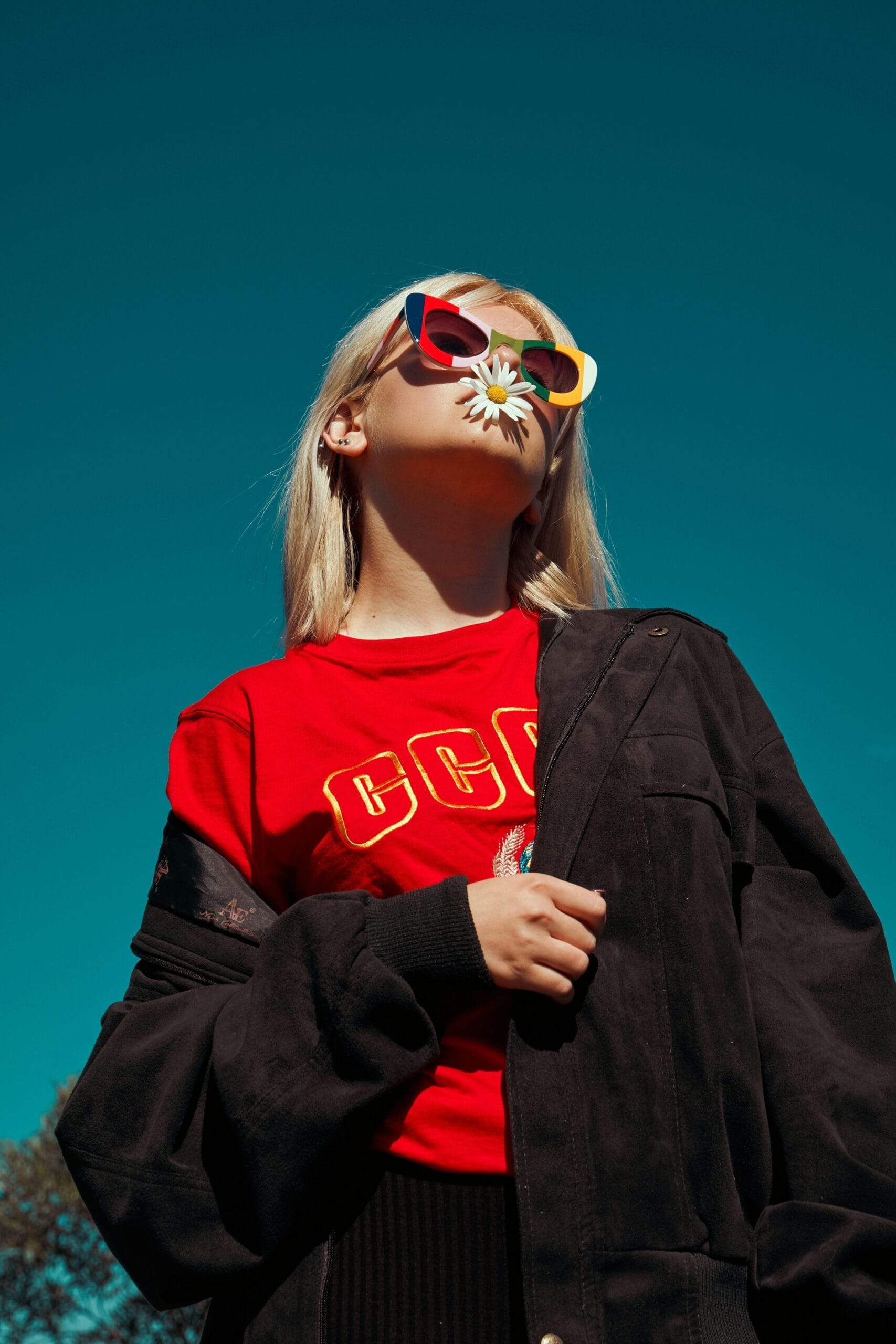Imagine a world where your wardrobe is as unique as your fingerprint, where every garment you own tells a story—your story. Welcome to the realm of customizable fashion, a burgeoning trend that holds the promise of revolutionizing the way we dress. In this listicle, we’ll explore 7 compelling reasons why customizable fashion is poised to become the future of style. From celebrating individuality to embracing sustainability, this guide will take you on a journey through the multifaceted advantages of personalized attire. By the end, you’ll not only understand the transformative power of bespoke fashion but also be inspired to reinvent your own closet, one custom piece at a time.
- Personalization and Individuality
Customizable fashion allows individuals to express their unique personalities through their clothes. Instead of standard sizes and designs, people can choose colors, fabrics, and styles that match their personal tastes, ensuring everyone stands out.
- Perfect Fit
Say goodbye to ill-fitting garments! Customizable fashion offers tailored solutions that fit your body dimensions precisely. When clothes fit well, they not only look better but also feel more comfortable.
- Reduction in Waste
Mass production often leads to surplus inventory that ends up in landfills. Customizable fashion minimizes waste by producing pieces on demand, contributing significantly to sustainable practices in the apparel industry.
- Technological Advances
With the advent of 3D printing, virtual fitting rooms, and AI-assisted design, creating customizable fashion is easier and more accessible than ever. Technology is bridging the gap between bespoke tailoring and mass fashion.
-
Conventional Fashion Customizable Fashion Mass production On-demand production Standard sizes Tailored fit Generic designs Personalized designs - Enhanced Consumer Experience
From virtual consultations with designers to interactive online platforms, customizable fashion enhances the shopping experience. Customers become co-creators, making the process enjoyable and satisfying.
- 包括性
Customizable fashion caters to a wider range of body types and sizes, promoting inclusivity. It addresses the needs of those who often find it challenging to shop off-the-rack, ensuring everyone can find something that fits and flatters.
- Longer Attachment to Fashion Items
When consumers have a hand in designing their clothes, they form a stronger emotional attachment to these items. This reduces the likelihood of quickly discarding garments, promoting a more sustainable and thoughtful approach to fashion consumption.
振り返って
And there you have it—seven compelling reasons why customizable fashion is not just a trend but a transformative force in the future of style.
As our worlds of fashion and self-expression continue to evolve, the power to design our own wardrobes turns every closet into a canvas of personal stories and authentic choices. From sustainability to individuality, the benefits of tailor-made fashion are as diverse as those who embrace it.
So, whether you’re a sartorial risk-taker or a comfort-seeking minimalist, the future invites you to step into a realm where your style is limited only by your imagination. Ready to redefine your wardrobe, one unique piece at a time? The future of fashion is yours to customize. 🌟
